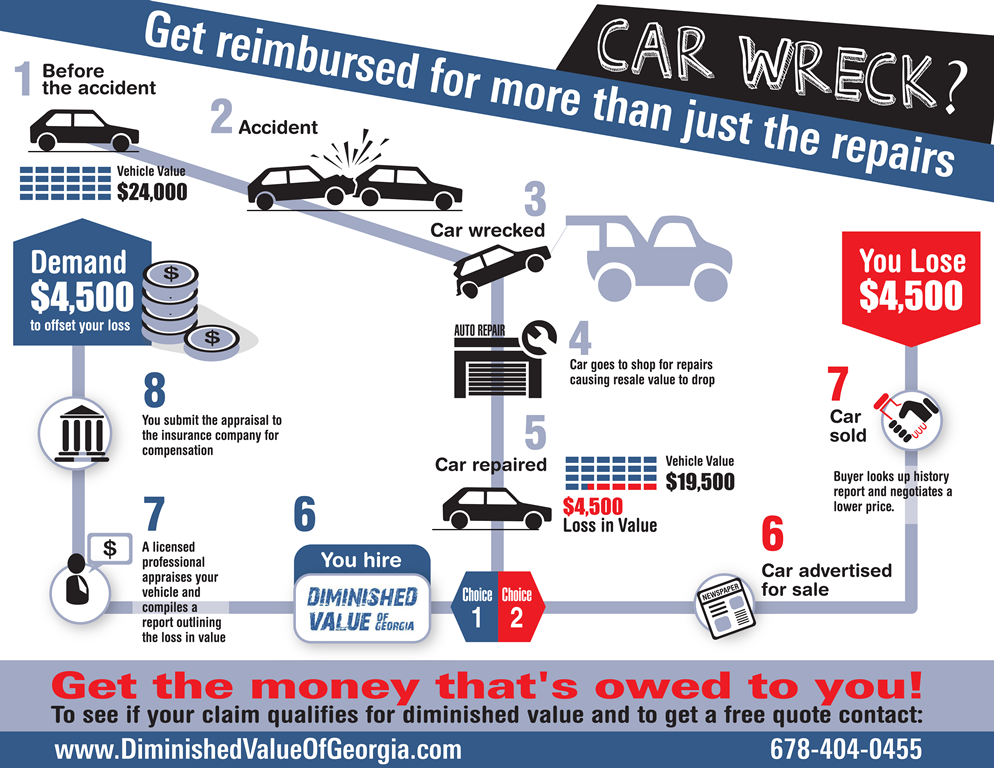Gain Insight Right Into The Control Panel Caution Lights In Your Car To Understand Their Implications On Your Vehicle'S Health And Safety
Gain Insight Right Into The Control Panel Caution Lights In Your Car To Understand Their Implications On Your Vehicle'S Health And Safety
Blog Article
Authored By-Cheng Mendez
When you're behind the wheel, those radiant caution lights on your dashboard can be a bit difficult. Do you recognize what they're attempting to inform you about your car's wellness? Understanding the relevance of these lights is vital for your safety and the long life of your car. So, the following time among those lights turns up, would not you wish to understand its message precisely and take the required actions to address it?
Common Caution Lights and Interpretations
Identify typical warning lights in your auto and recognize their significances to make certain risk-free driving.
One of the most common caution lights include the check engine light, which indicates issues with the engine or exhausts system. If this light begins, it's essential to have your vehicle examined without delay.
The oil stress advising light indicates reduced oil stress, needing instant interest to stop engine damage.
A blinking battery light might recommend a malfunctioning charging system, potentially leaving you stranded if not resolved.
The tire pressure monitoring system (TPMS) light notifies you to reduced tire stress, impacting car security and fuel effectiveness. Disregarding this can cause dangerous driving problems.
The abdominal light shows a problem with the anti-lock braking system, endangering your capability to stop promptly in emergency situations.
Last but not least, the coolant temperature level alerting light warns of engine getting too hot, which can result in serious damages otherwise fixed promptly.
Understanding these typical caution lights will assist you deal with concerns without delay and keep safe driving conditions.
Relevance of Prompt Interest
Comprehending the typical caution lights in your cars and truck is only the initial step; the value of promptly attending to these cautions can't be emphasized sufficient to ensure your safety and security on the road.
When a caution light brightens on your control panel, it's your auto's means of connecting a prospective problem that requires attention. Overlooking these warnings can result in extra severe issues later on, jeopardizing your safety and possibly costing you extra in repairs.
Motivate attention to cautioning lights can stop failures and crashes. For example, a flashing check engine light might suggest a misfire that, if left neglected, can create damage to the catalytic converter. Resolving this immediately can save you from an expensive repair service.
Similarly, a brake system cautioning light might signal reduced brake liquid or used brake pads, critical components for your security when driving.
DIY Troubleshooting Tips
If you notice a warning light on your dashboard, there are a couple of do it yourself fixing suggestions you can attempt prior to looking for expert aid.
The initial step is to consult your vehicle's guidebook to comprehend what the particular caution light indicates. Sometimes the problem can be as straightforward as a loosened gas cap causing the check engine light. Tightening https://quickoilchangenearme06283.blue-blogs.com/36986559/yet-what-s-the-fix-for-spongy-brake-pedals-reveal-the-solution-listed-below might settle the problem.
read full article is a low battery, which can set off numerous alerting lights. Checking the battery connections for rust and guaranteeing they're safe could fix the issue.
If mobile car ac repair near me lingers, you can attempt resetting it by detaching the cars and truck's battery for a few minutes and afterwards reconnecting it. Additionally, inspecting your lorry's liquid degrees, such as oil, coolant, and brake fluid, can aid repair warning lights connected to these systems.
Verdict
Finally, recognizing your vehicle's caution lights is necessary for maintaining your vehicle running efficiently and safely. By immediately attending to these notifies and knowing what they mean, you can stay clear of pricey fixings and possible malfunctions.
Bear in mind to consult your auto's manual for certain information on each alerting light and do something about it as necessary to ensure a hassle-free driving experience.
Stay notified, stay safe when traveling!
